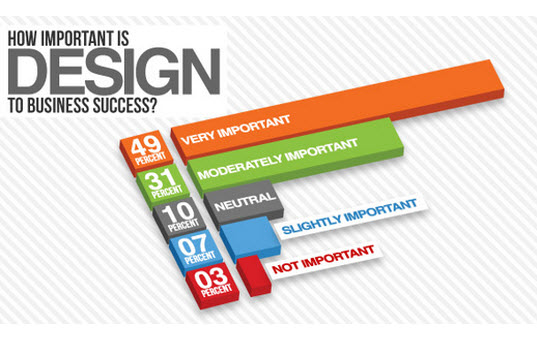Key Elements Of Internet Site Design: Methods For Creating An Accessible Customer Experience
Key Elements Of Internet Site Design: Methods For Creating An Accessible Customer Experience
Blog Article
Posted By-Scarborough Daugaard
When it involves site layout, guaranteeing user-friendliness is crucial. From receptive design to structured navigating, every aspect plays an important function in producing a website that satisfies your audience's needs. Yet what regarding the finer information that can make or break a customer's browsing experience? Keep tuned as we uncover some often-overlooked pointers that can elevate your site's usability to the following degree, making it really stick out in the electronic landscape.
Value of Responsive Style
Receptive style is a critical facet of modern web site development. Guaranteeing your site is responsive methods that it can adapt to different display dimensions and gadgets, giving a smooth experience for individuals.
With the boosting use of smart devices and tablet computers to access the net, having a responsive design is crucial for reaching a wider audience. It helps in improving individual experience by making your site easy to navigate and keep reading any kind of gadget.
Additionally, responsive style can favorably influence your internet search engine rankings, as online search engine like Google focus on mobile-friendly web sites. By having a responsive layout, you're likewise future-proofing your web site, as new devices with varying screen sizes remain to emerge.
Simplify Navigating Structure
To boost individual experience and promote simple access to information on your web site, streamlining the navigating structure is vital. When designing your website, focus on creating a clear and user-friendly navigation menu that helps site visitors discover what they're searching for quickly.
Restriction the number of food selection items to the fundamentals, grouping related web pages with each other to avoid frustrating users. Usage detailed labels that plainly suggest the content of each page, making it much easier for individuals to comprehend where each link will take them.
Think about applying dropdown food selections for subcategories to avoid jumbling the main navigation bar. Furthermore, consist of a search bar prominently on the web page for users who choose searching for particular info.
Focus on mobile responsiveness in your navigating layout to make certain very easy gain access to on all gadgets.
Maximize Web Page Load Speed
Improving web page lots rate is vital for retaining visitors on your web site. Slow-loading pages discourage users and can result in high bounce rates. To look at this site , beginning by optimizing pictures. Press pictures without endangering high quality to minimize their data sizes.
In addition, allow web browser caching to keep often accessed resources locally, quickening tons times for returning site visitors. Minify CSS, JavaScript, and HTML files by removing unneeded personalities, comments, and format, boosting lots speed.
Consider making use of a content delivery network (CDN) to distribute your website's material throughout numerous web servers worldwide, lowering latency for customers accessing your website from different places. Finally, limit using third-party manuscripts and plugins, as they can dramatically affect tons times.
Final thought
In conclusion, by including receptive design, streamlining navigating, and enhancing web page load rate, you can produce an user-friendly web site that attract a larger audience and improves individual experience. These essential elements make sure that site visitors can conveniently gain access to and browse your site across different tools, resulting in raised involvement and fulfillment. By focusing on these key facets, you can develop an effective website that maintains individuals coming back for more.
